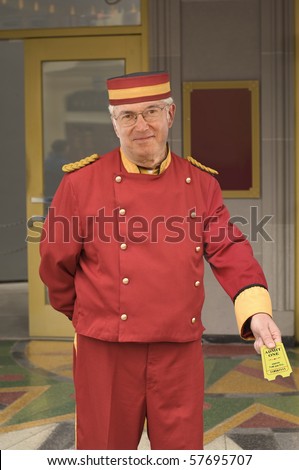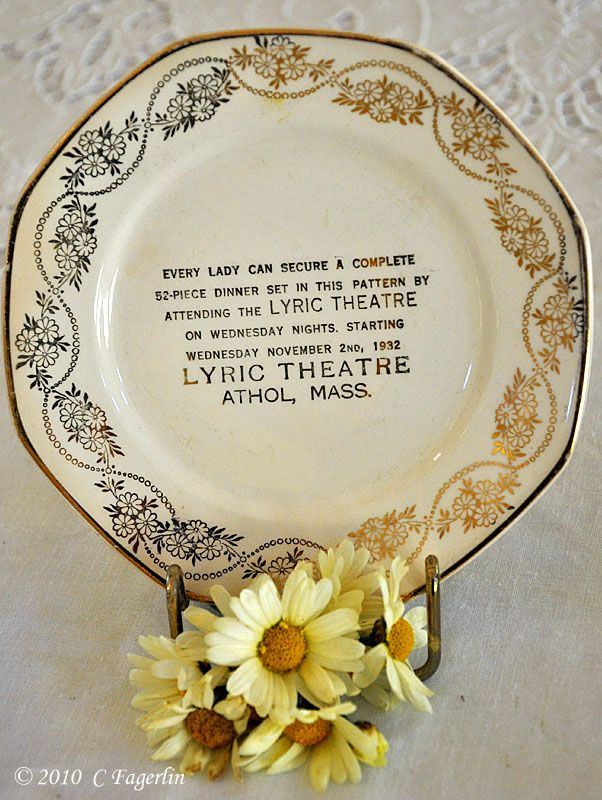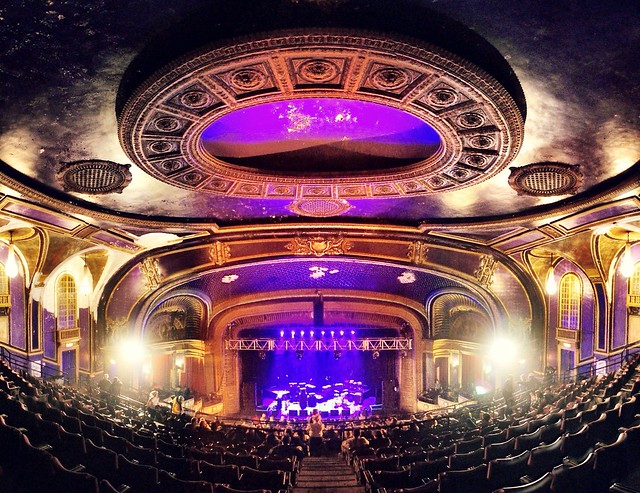11 THINGS WE NO LONGER SEE IN MOVIE THEATERS

Previous to the unadorned multiplexes became the benchmark, one could always see a movie theater in the distance, even if it was the first visit to the respective town. A huge illuminated sign displayed the name of the cinema, and the triangular awning below was lined with tiny blinking light bulbs. Even if the film being shown was a dud, that sign out front just lured us inside. This make going to the movies into an event. Here are the 11 artifacts that might bring back some good fond memories.
1. RED VELVET CURTAINS:-
| CALIFORNIA THEATER |
The viewers were very quite as they entered the theater, and spoke in hushed tones as they found their seats. This was because of the RED VELVET CURTAIN. It gave the auditorium an feel of majesty and demanded that the people be on their best behavior. They keep their voice down because there were no big woofers to enhance the audio of the movie. If at all there was any soundtrack, it was atmospheric Muzak playing softly in the background. When the curtains opened the audience fell silent in anticipation.
Now-a-days there is no need for the curtain because even the smallest time gap is been filled with adverts and trivia questions.

2. UNIFORMED USHERS:
The valorous men and women who accompanied us to our seats at the cinema used to dress in more finery than a decorated soldier. That was a time when movie ushers did much more than tearing the tickets and sweeping the spilled popcorn; they kept an eye out for culprits attempting to sneak in without paying. They also offered an helpful hand to the women walking down the steeply inclined aisle in high-heeled shoes, and also "SHHH!" the folks who talked during the movie.
3. DISH NIGHT:

This was one feature which attracted people in 1930's when money was obviously very tight due to the Great Depression, and families had to be extremely cautious when it came to any non- mandatory spending. A night out at the movies was an unnecessary luxury, and cinema audiences dwindled. Theater owners lowered their ticket prices as much as they could but all this did not help as the DISH NIGHT.
SALEM CHINA and a few more finer dinnerware manufactures struck deals with theaters across the U.S. selling them their wares at wholesale and allowing their products to be given away as premiums with each ticket sold. Sure enough, soon housewives were demanding that their husbands take them out to the BIJOU every week in order to get a coffee cup, saucer, gravy boat, or dinner plate to complete their place setting.
4. ASH TRAY:
Movie theater seats didn't come equipped with cup holders until the late 1960's, and even then it was something of a novelty that only newer cinemas boasted. What every seat did have for many decades before then, however, was a built-in ashtray. You can probably guess why that particularly convenience has gone the way of the dodo bird: fire regulations and second-hand smoke dangers and all that.
5.NEWS REALS:

Before TV became pervasive, most Americans had to get their breaking news from the radio or the daily newspaper. But neither one of those sources came equipped with moving pictures. Therefore, the newsreel - the 'you are there' update on what was going on around the world was invented. Newsreels were commonly shown prior to the main feature and was the only way most people first saw actual film footage of events like the Hindenburg explosion or the Olympic games.

6. DOUBLE FEATURE PLUS A CARTOON:
6. DOUBLE FEATURE PLUS A CARTOON:
Movie audience of olden days got a lot of bang for the money they paid. Very rarely were the patrons shown a single movie. They expected more! A cartoon or two were showed after the main picture. But the second film was not a new one or perhaps as prestigious as the main attraction, which is why we oldsters sometimes still describe a bad B-movie as "THIRD ON THE BILL AT A DOUBLE FEATURE."
7. SERIALS:

 A staple of the Kiddie Matinee was the Chapter Play, or Serial. Always filled with action and adventure, and either cowboys or space creatures, these 20 minute shorts were continuing stories that ended each installment with a cliff-hanger. And if even if the produces sometimes cheated and the hero managed to survive an automobile explosion even though he hadn't gotten out of the cockadoodie car in last week's episode, kids made sure they got their chores done and weekly allowance in hand early each Saturday. Because no one wanted to be the only kid on the ground Monday who had not seen CRASH CORRIGAN BATTLE AND HIS ARMY.
A staple of the Kiddie Matinee was the Chapter Play, or Serial. Always filled with action and adventure, and either cowboys or space creatures, these 20 minute shorts were continuing stories that ended each installment with a cliff-hanger. And if even if the produces sometimes cheated and the hero managed to survive an automobile explosion even though he hadn't gotten out of the cockadoodie car in last week's episode, kids made sure they got their chores done and weekly allowance in hand early each Saturday. Because no one wanted to be the only kid on the ground Monday who had not seen CRASH CORRIGAN BATTLE AND HIS ARMY.

8. "LADIES PLEASE REMOVE YOUR HAT"- SIGN:
8. "LADIES PLEASE REMOVE YOUR HAT"- SIGN:
It was a very formal thing to go to movies in 1920 - 30 & to some extent in the 1950. Ladies dressed in smart suits and men in suits and ties. And no man nor woman would leave the house without a HAT completing their outfit. As fashion evolved, the hat size of women went from big to huge while men wore more limited selection. The huge hat blocked the vision of those sitting behind, which became a real big problem. And thus the admonition for ladies to remove their hats during the movie came into action.
9. INTERMISSION:

Remember what we said above about double features and serials? During that era, the projectionist needed time to change reels, which resulted in five to ten minutes of DEAD AIR. Theaters put that down time to good use by rolling promotional reels to remind patrons of the cornucopia of delicious snacks just waiting for them at the concession stand.
10. CRY ROOMS:

Certain movies had "CRY ROOMS". A cry room was a soundproofed elevated room in the back of the theater with a large glass window in front so women can still watch the movie while trying to calm down a fussy baby. Some even went to the extent of giving service to their customers by equipping the cry room with - electric bottle warmers, complimentary formula, and a nurse on duty.
11. EXQUISITE DECOR:


In those days movie theatres were called as PALACES - it was because of the elaborate architecture and decoration in the Riviera or the Majestic which was the closest most Americans would get to a palatial setting. Such theaters were called "ATMOSPHERIC THEATERS" cause they were built and decorated with a theme, often one featuring a foreign locale such as a Spanish courtyard or a South Asian temple.





